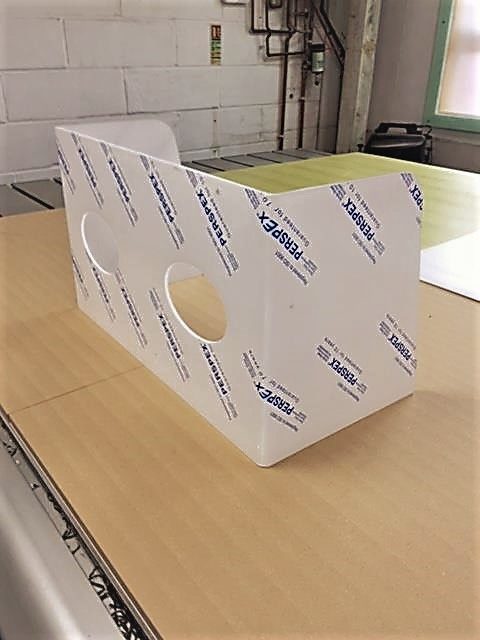Why even opt to produce plastic materials? Firstly, plastic production commonly has the benefit of having fairly fast completion times, and unlike most materials there’s also the option of colouring plastic prior to production, as opposed to after. It’s high malleability is the reason why it possesses a comparatively low melting temperature, and it’s more light-weight compared to many other materials – both of these factors simplify the development process. In addition, plastic materials are comparatively inert and therefore have higher chemical resistance. Despite these positive aspects, plastic is however not suitable for purposes that necessitate a high structural integrity, and it is quite at risk from wear and tear in the long-term.
Breakdown Of CNC Machining
CNC machining is a computer controlled subtractive process, that removes material from plastic in order to generate the chosen form. The computer is high-tech, with the capability to transform a design into figures by using a computer assisted design computer software program. The figures are then competent to operate the equipment to cut the required form. To operate, the pieces of equipment require an intermediate step in the creation and validation of tool paths. As soon as the machine obtains the tool paths, the subtractive process is started. Once the assembly is finished, the component is washed, smoothed, and trimmed.
For lower quantity plastic component part applications that call for tight tolerances and shapes that are tricky to shape, machining is appropriate. CNC machining even offers low to medium initial expenses, and can also manufacture premium quality plastic parts with minimal finishing times. Nonetheless, with an increase of product complexity, the charge per element climbs up. Moreover, this process needs tool access allowances, and particular designs, for instance those with rounded inner channels, are near-impossible to create using CNC manufacturing.
Breakdown Of Vacuum Formation
Vacuum formation is a procedure during which plastic material is heated up and moulded, commonly working with a mould. The size and sophistication of vacuum-forming machines cover anything from low priced desktop devices to innovative manufacturing machinery.
It is often well suited for any venture, from tailor-made designs to large-scale fabrication, considering the large range of machinery offered and that automation is an option if required. Nonetheless, there’s minimal flexibility in the types of shape it can create, and is also unfortunately only competent to produce parts with basic geometries. When compared with other techniques, tooling prices are low, given that vacuum formation merely requires minimal forces and pressures. Commonly, for modest production sizes the moulds are created from Three-dimensional printed resin, or possibly plaster, and then for greater manufacturing sizes more robust equipment composed of metal is used. {Click here for more info forming acrylic plastic. You can find 1,000’s of web sites with info relating to ‘perspex fabrication’ that is certainly one of the best sites www.displaydevelopments.co.uk/bespoke-manufacturing/perspex-fabrication-ib-156.html For those who are interested in more tips in regards to plastic heat moulding this page plastic bend fab has got countless more write-ups on the subject of plastic Cnc prototype. This page plastic moulding has a lot more info on the main topics plastic manufacturers. There are thousands of plastic moulding internet pages within the Uk, should you be looking to acquire more information and also pricing this site is a great starting point
The development method commences with a sheet of plastic being clamped and warmed until the plastic becomes mouldable. The plastic is then put into the mould and cooled, and often fans and other cooling techniques are used in order to speed up the chilling process. The last stage involves any surplus plastic being removed.

